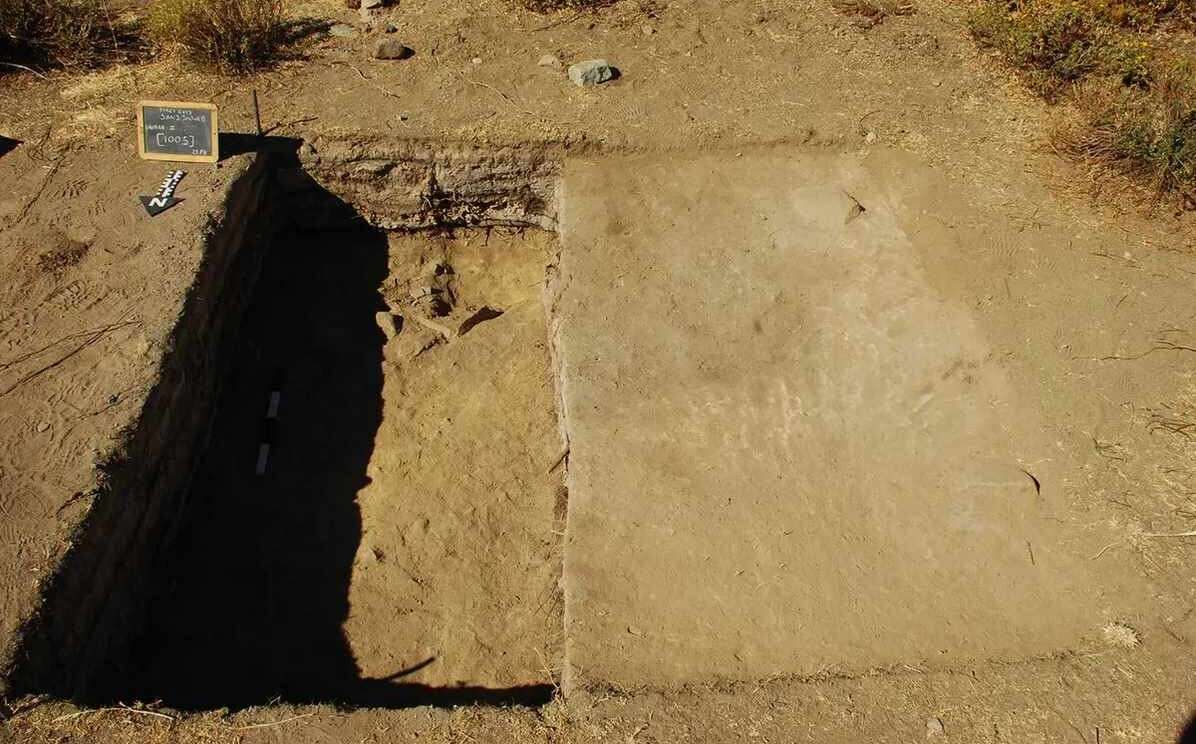Alongside What Appears to Be Pizza, Recent Pompeii Excavations Reveal Yet More Hidden Treasures
The item sitting on a silver platter in a new fresco looks lot like one of the other things the city of Naples is famous for: pizza.

Dancers in a pre-Incan civilization of Peru built specially designed dance floors to honor a nearby god of mountains and lightning, a new study shows.
The floor could accommodate 26 dancers, and was hollow underneath with layers of resonant material on the underside of the cavity that would've aided in creating a booming noise like thunder.
It was discovered at a pre-Incan site of Viejo Sangayaico, about 120 miles south of Lima, after archaeologists walked over an open space and realized it was hollow underneath, which is exactly like something out of an Indiana Jones movie when you think about it.
It was quite near at hand to a temple dedicated to the Incan god of lightning, even though the construction of the dance floor took place around 1,000 CE, before the heyday of the Incas.
This, archaeologists believe, suggests that like their own footsteps tripping over it in our time, Incan people would have found it, realized the floor made a sound like thunder, and incorporated it into their rituals by building a temple nearby.
"We know that in pre-Hispanic Andean rituals dance was a big part of the proceedings. I believe that this specially constructed platform was built to enhance the natural sounds associated with dance," Kevin Lane, an archaeologist with the Instituto de las Culturas (IDECU) of the Universidad de Buenos Aires who helped carry out the fieldwork, told Art News.
"I believe that these open platforms would have been used during the pre-Hispanic period as a stage on which to venerate the nearby mountain gods, in this case those of Huinchocruz," Lane says. "This would likely have been accompanied by drums and possibly Andean wind instruments."
The platform was made by carving out a cavity under the rock and layering it with the dung of an animal, possibly a guanaco, and silty clay. These materials gave resonance to the noise created within the hollow as the dancers above performed their rituals.
The study authors raise the question of whether this was a common feature of Incan and pre-Incan settlements, and perhaps that completed excavations should be reexamined for such thunder dancefloors.
SHARE This Completely-Different Archaeological Discovery On Social Media…
Be the first to comment